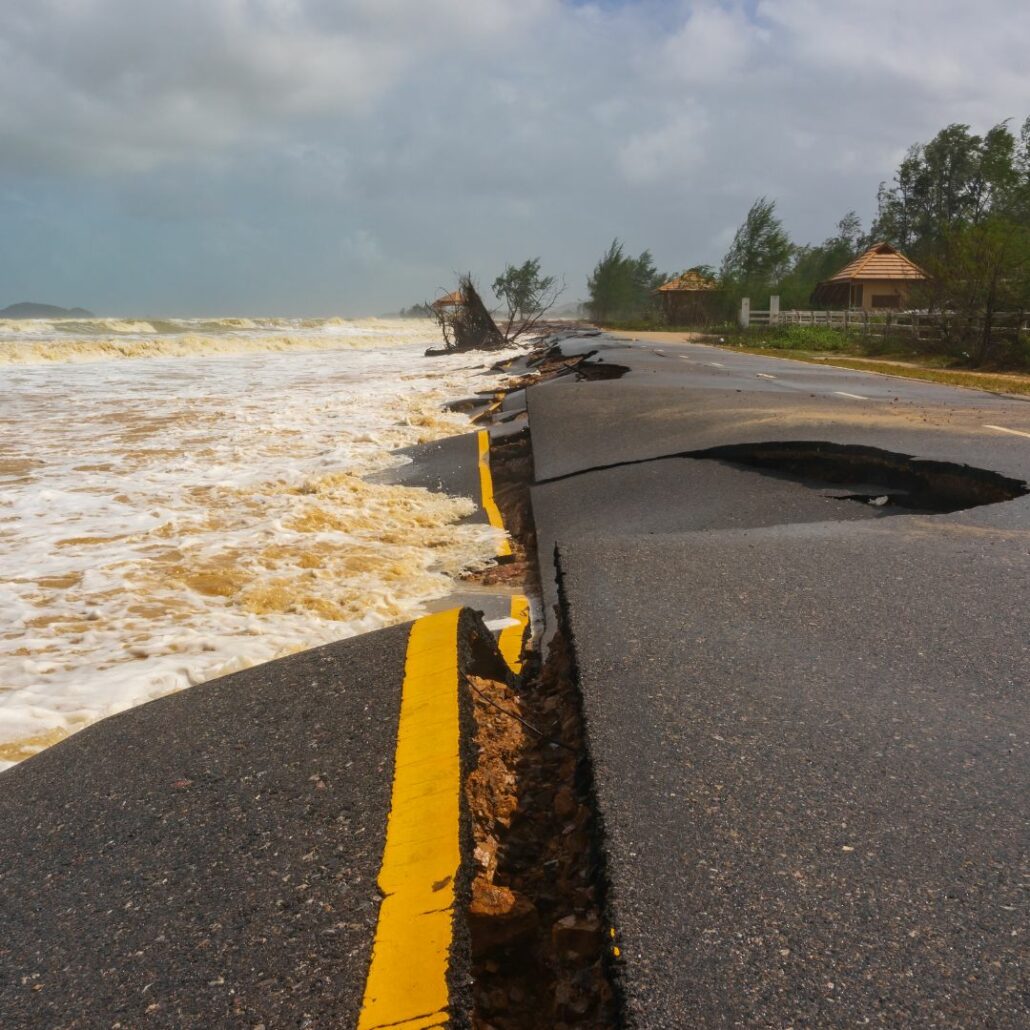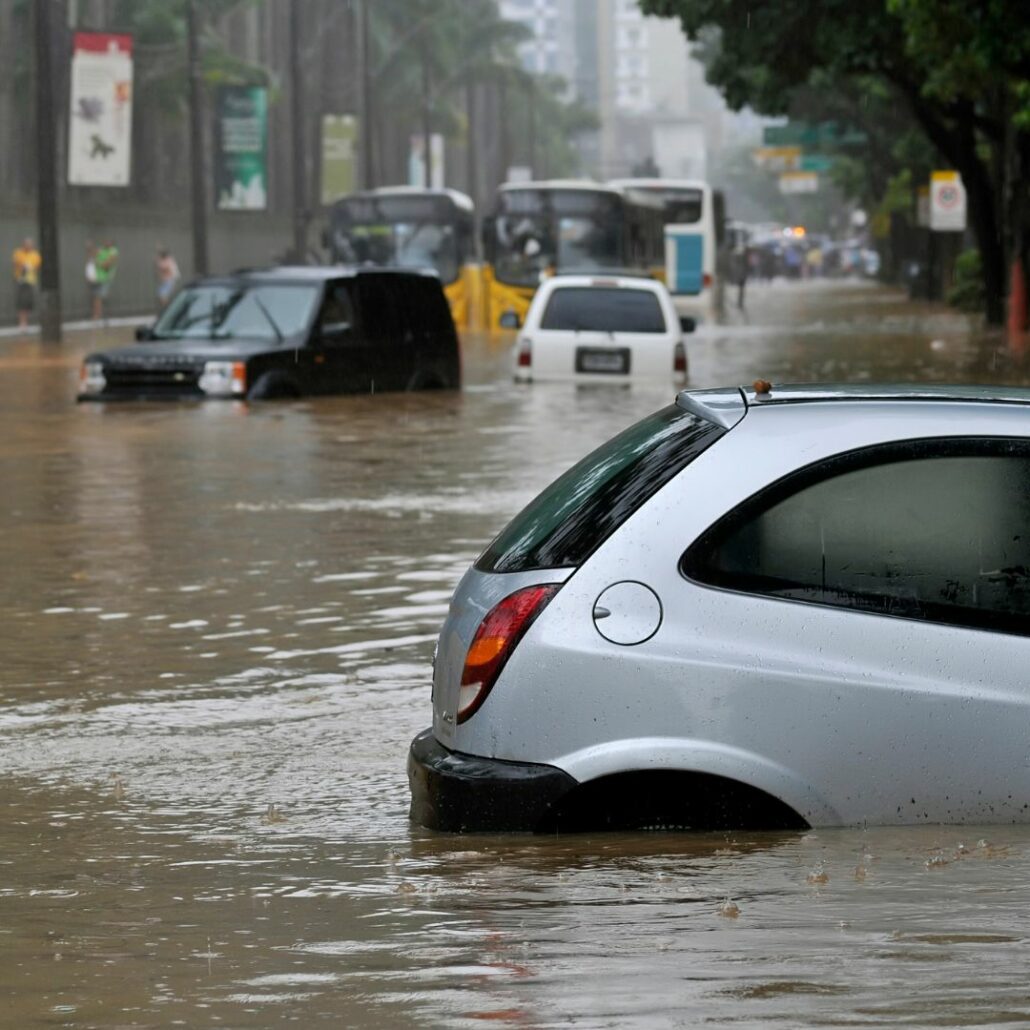Why is the water rising? Understanding sea-level rise and its impact
Rising sea levels are one of the most visible signs of climate change caused by our carbon emissions.
What accounts for this rapid rise? Two phenomena come together: firstly, the warming of the ocean causes it to expand, taking up more space. Secondly, melting glaciers and ice caps in Greenland and Antarctica are releasing billions of tonnes of water into the ocean. Each additional degree accelerates these processes, transforming our coasts at an alarming rate.
But what impact does this rising water have on us?
Some areas are already suffering the consequences. Indonesia, for example, is having to relocate its capital, Jakarta, because the weight of its infrastructure, in addition to rising water levels, is literally sinking the city. In the Pacific, islands like the Maldives are in danger of disappearing completely beneath the waves. And that’s not all! In France, almost 3 million people live on the coast, and according to estimates, cities like La Rochelle and Saint-Malo could also face major flooding in the decades to come.
The Secretary General of the United Nations recently pointed out that this threat could affect 900 million people living in low-lying coastal areas. The future of these communities depends on the decisions we take today to reduce greenhouse gas emissions and limit warming to 1.5°C.
In the face of this crisis, solidarity is essential. If we act together today, we can reverse the trend and protect the ocean for future generations.





